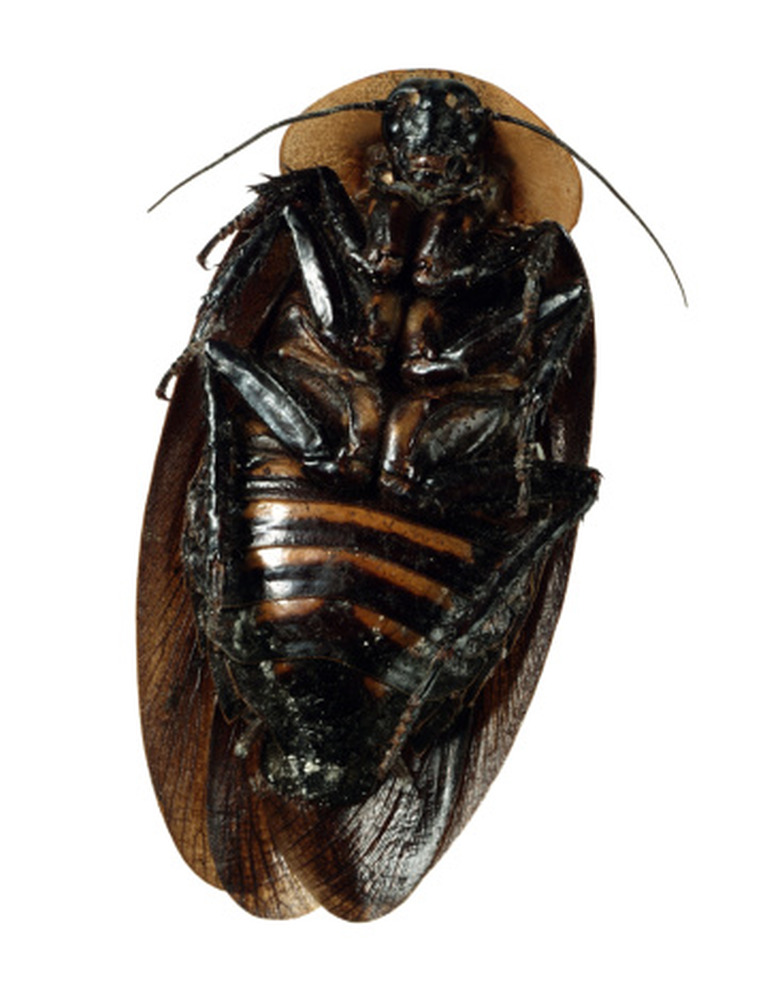Natural Plants That Kill Roaches
Cockroaches have been around for millions of years in almost the same form. They live anywhere there is a dark, moist environment with a suitable food supply — and cockroaches eat almost anything. While there are numerous insecticides on the market that can kill and control these unsanitary invaders, they may not be the best choices for households with pets or young children. However, there are numerous plants that can kill these insect pests or make them take up residence elsewhere.
Osage Orange
The Osage orange, also called a hedge apple, has long been known for its insect-repelling qualities. Although cockroaches dislike the smell of this fruit, it will attract and kill them when the fruit is crushed. The fruit contains several compounds that are known roach repellents, acting much like DEET. To make an effective spray, crush the fruit, remove the oil and mix it with water. Spray anywhere that roaches may travel. The Osage orange is found throughout the prairie states and often forms hedgerows.
Garlic. Cucumbers and Bay Leaves
Garlic not only keeps vampires away, it's reputed to do the same with cockroaches. While garlic does not kill the roaches, it will get rid of these insect pests. Spread freshly crushed garlic cloves wherever you find cockroaches. If the smell is too strong for you, garlic powder may be substituted. The chemical makeup of garlic is what sends cockroaches on their way, not the odor. Cucumber slices and bay leaves work in much the same way.
Pyrethrum Plant
A member of the chrysanthemum family, the pyrethrum plant has long been known for its insect-killing properties. Crushing the flowers of this plant creates pyrethrin, which is found in many commercial insecticides. Pyrethrin will not harm children or pets, but it is lethal to cockroaches and other members of the insect family.
Catnip
According to a study by University of Iowa researchers as reported by EcoMall, catnip is one of the best roach repellents in existence; in fact, their studies proved it 100-percent more effective than DEET. Nepetalactone, the active ingredient in catnip, is safe for humans and pets, but deadly to cockroaches. Dried or fresh, catnip can be placed wherever roaches are found. It can also be made into a tea and sprayed into known cockroach habitats.
